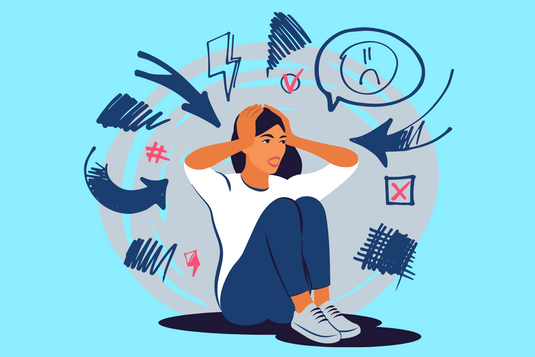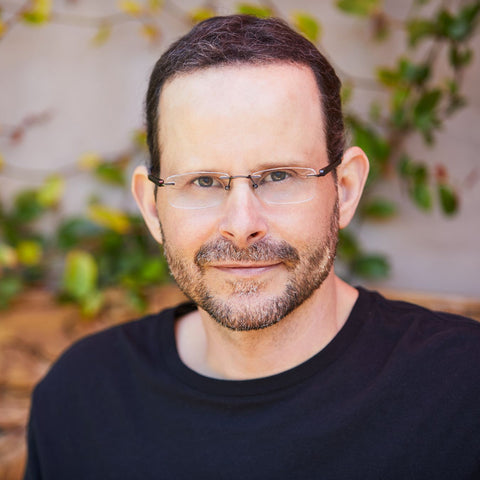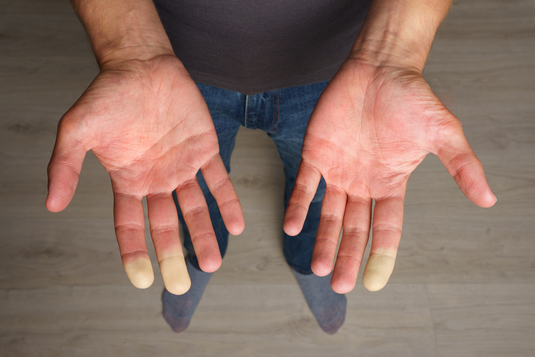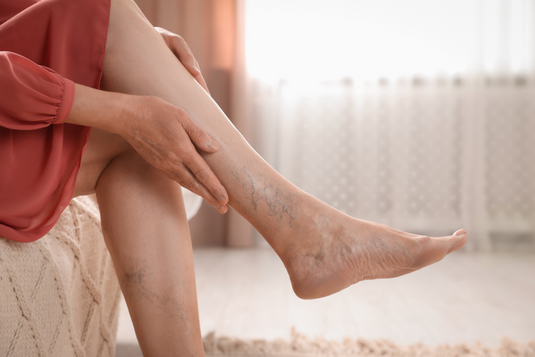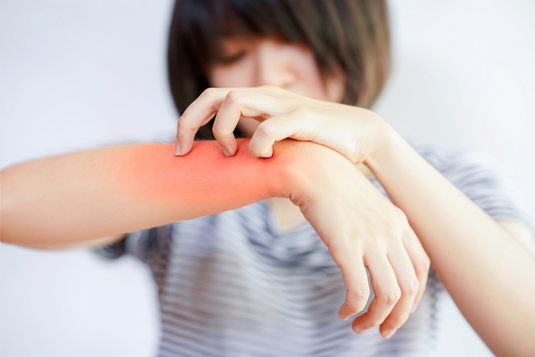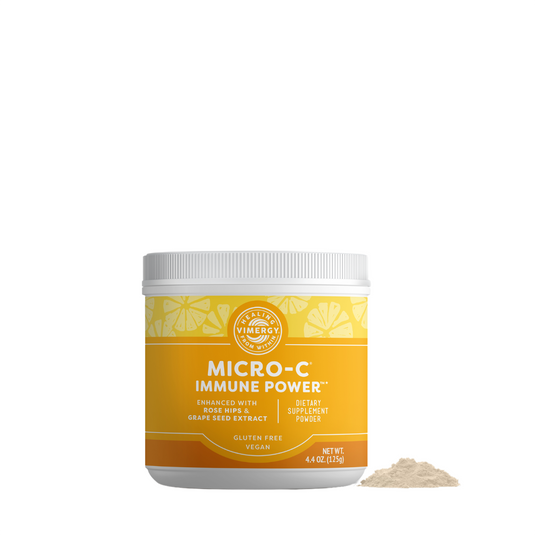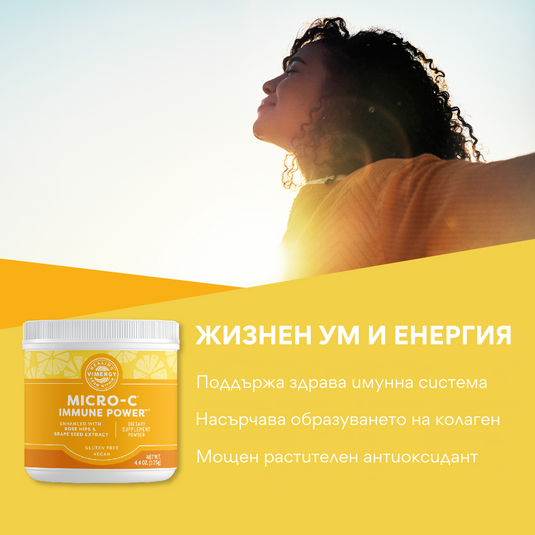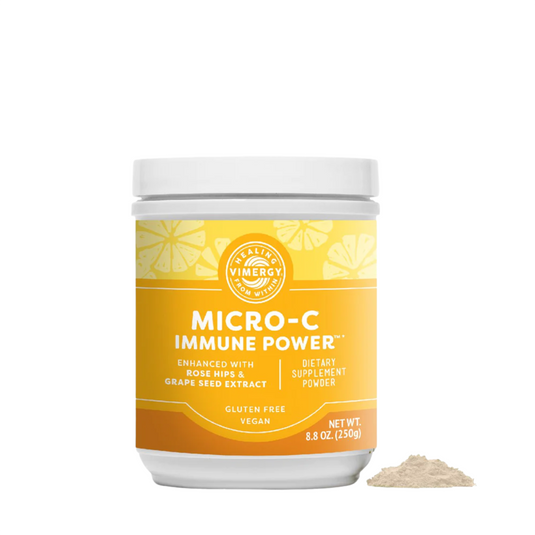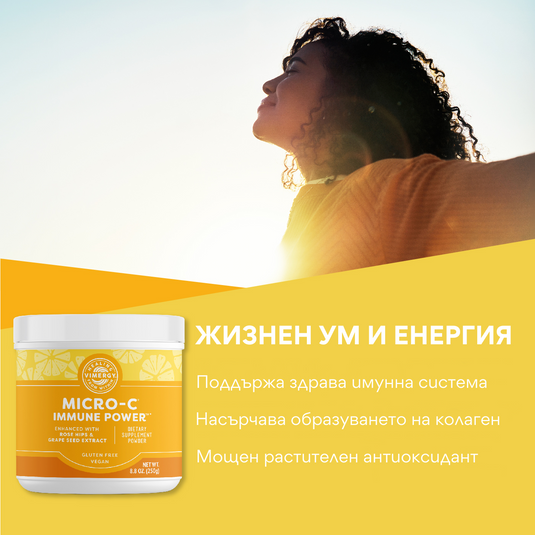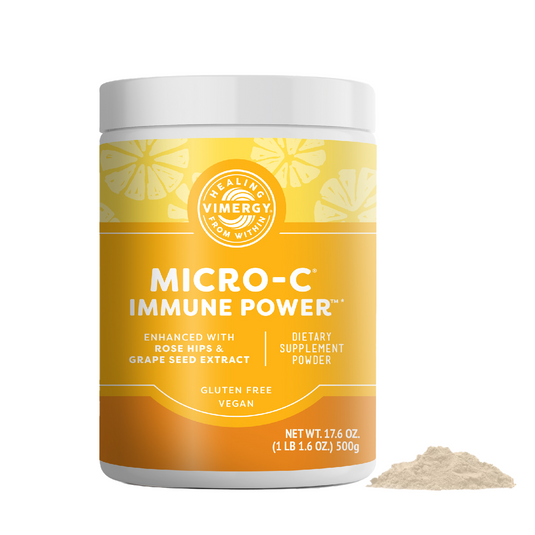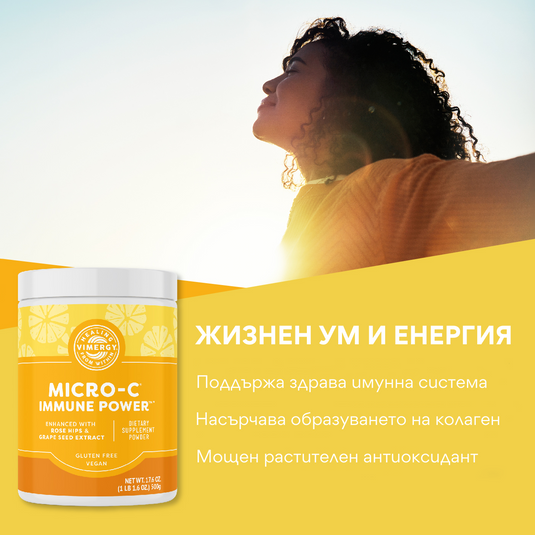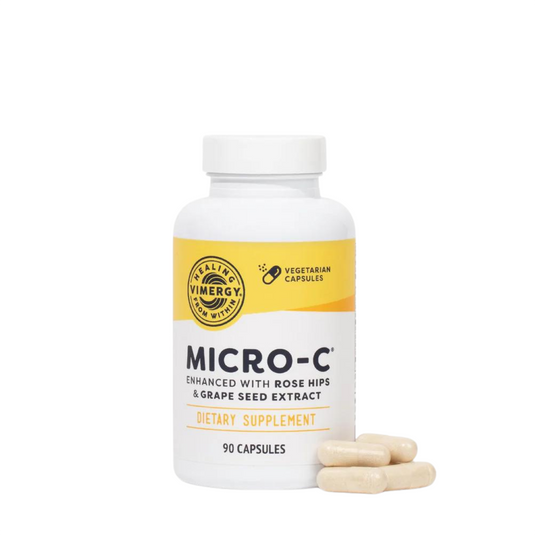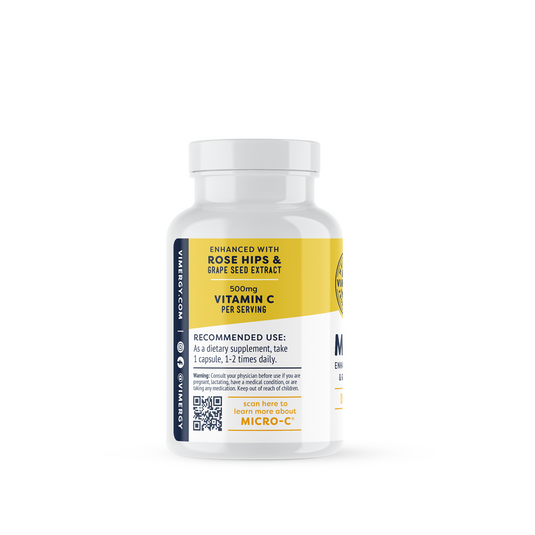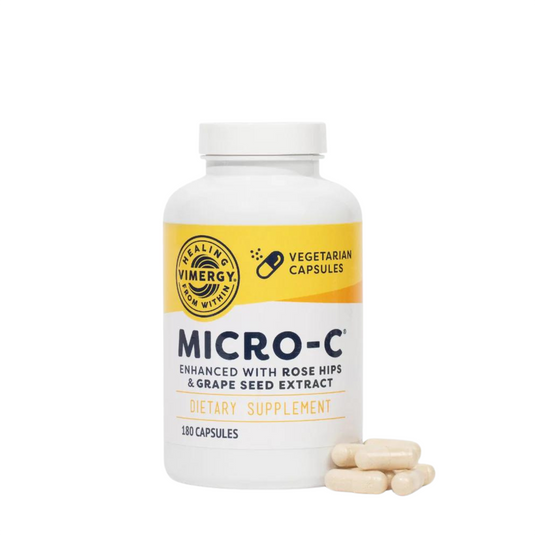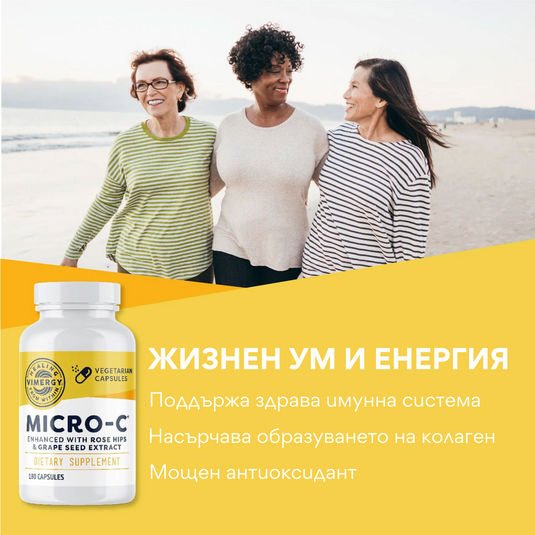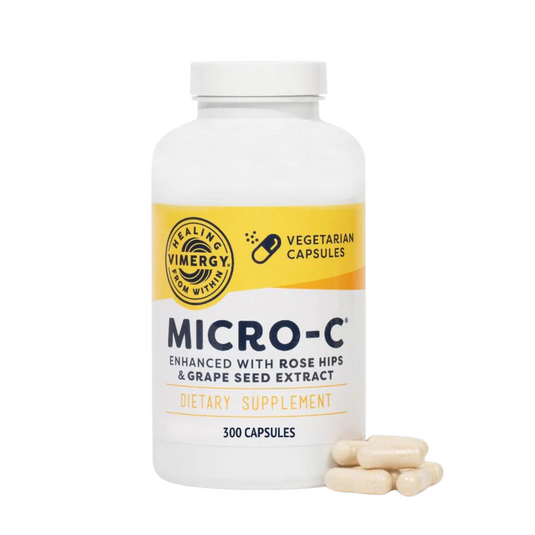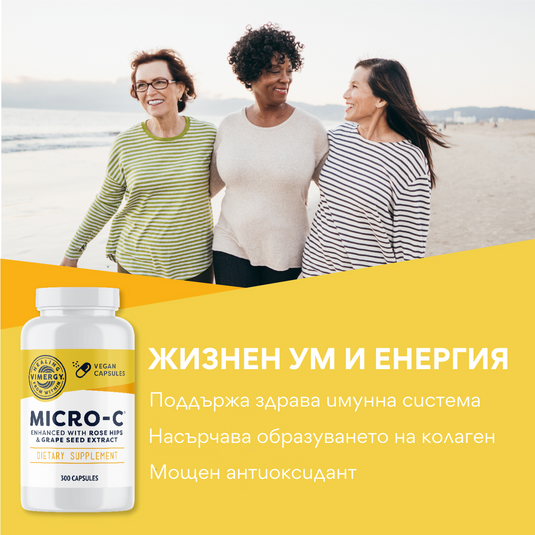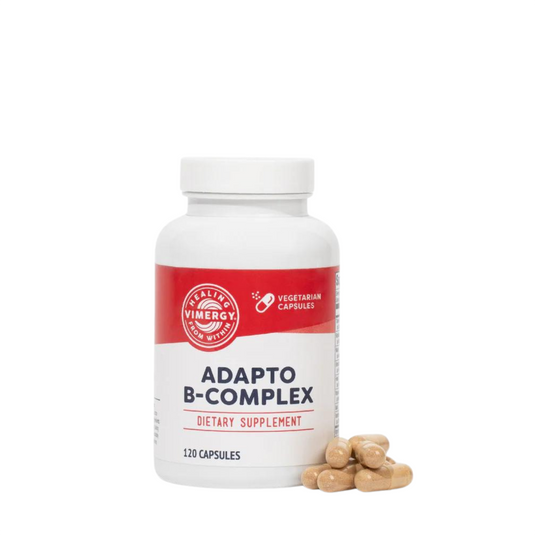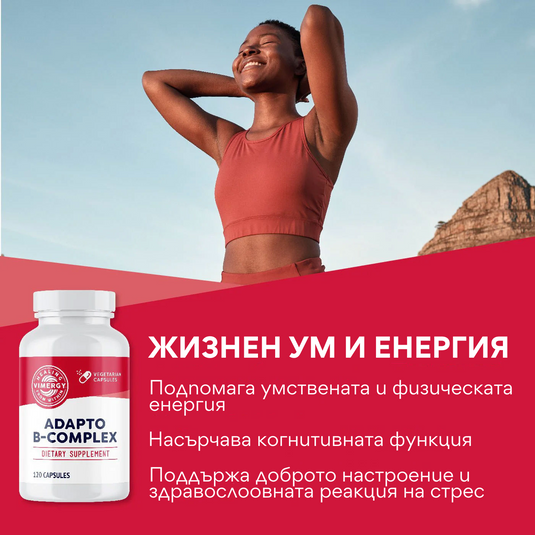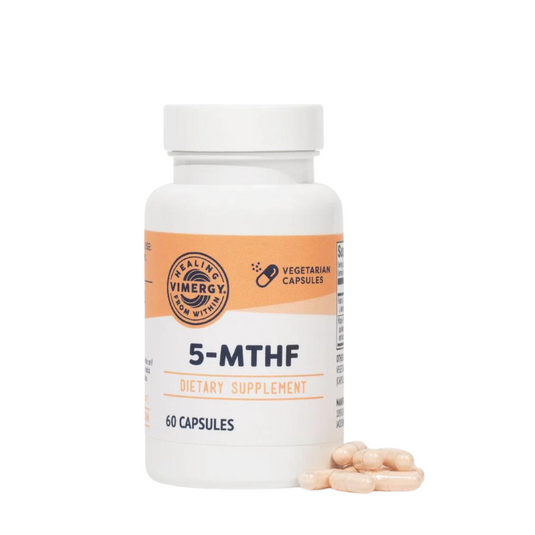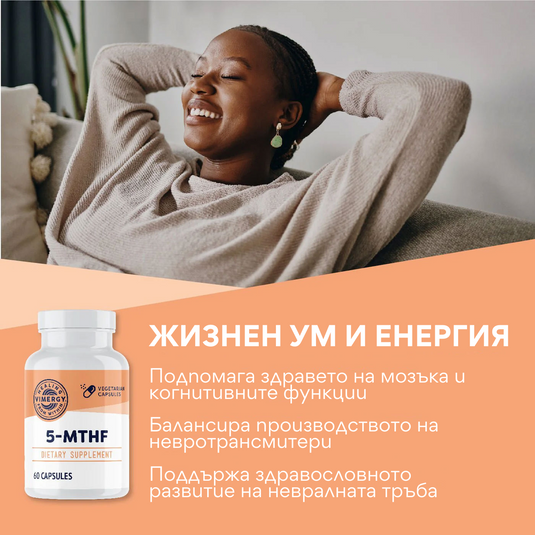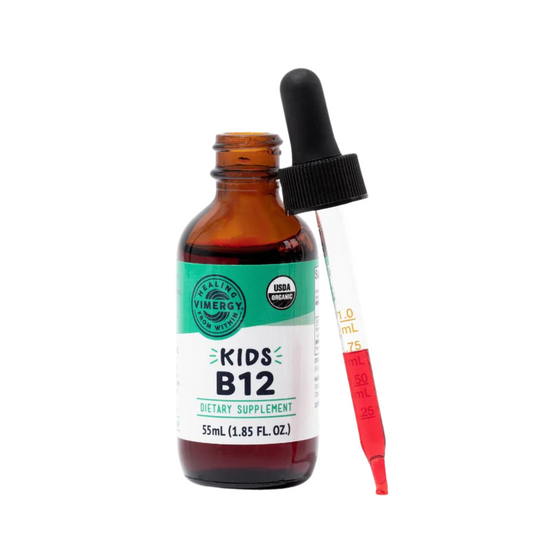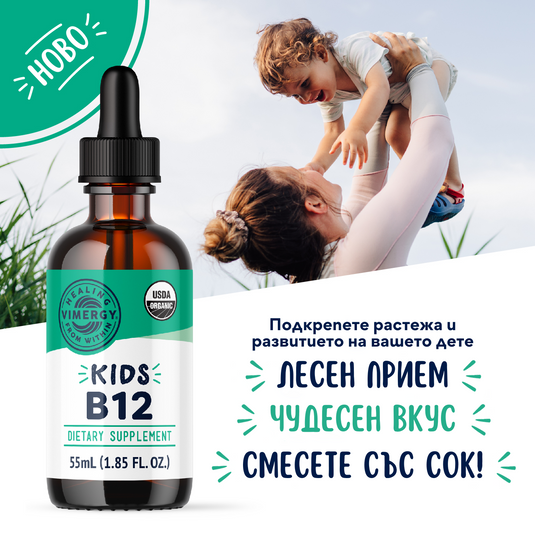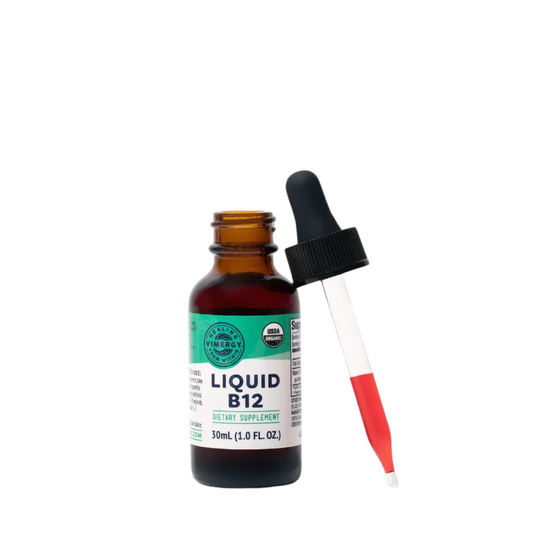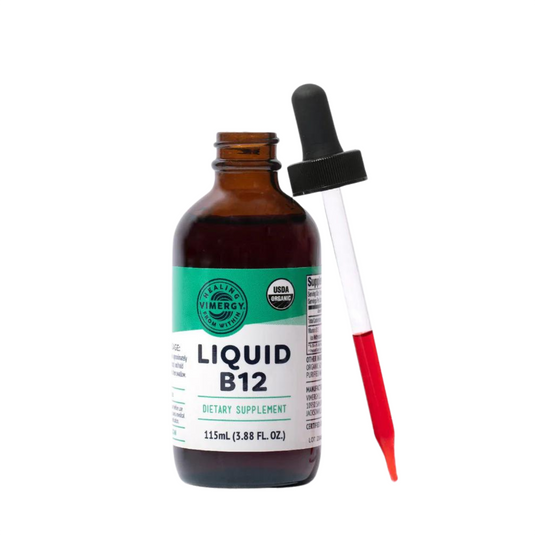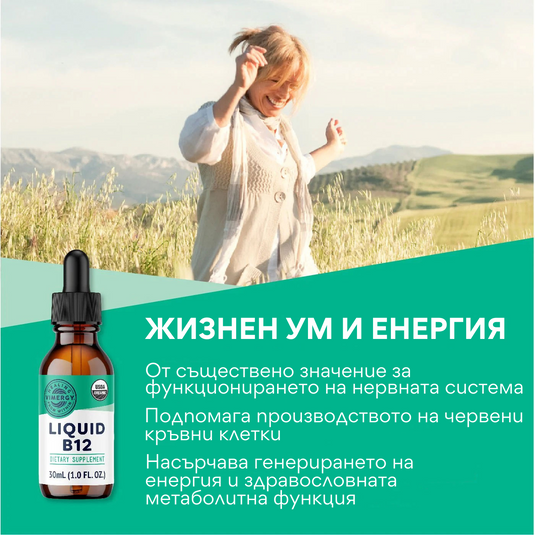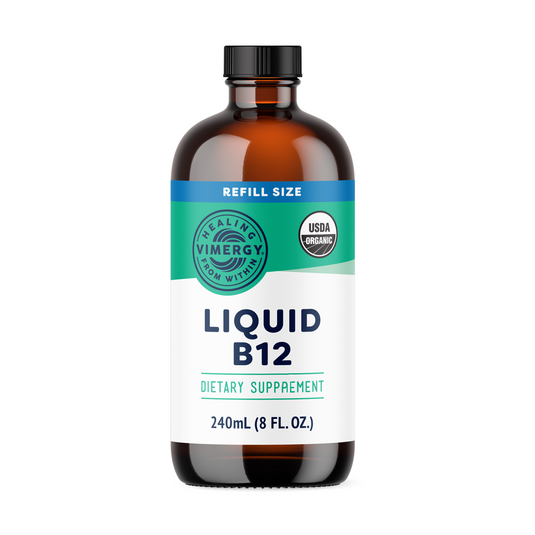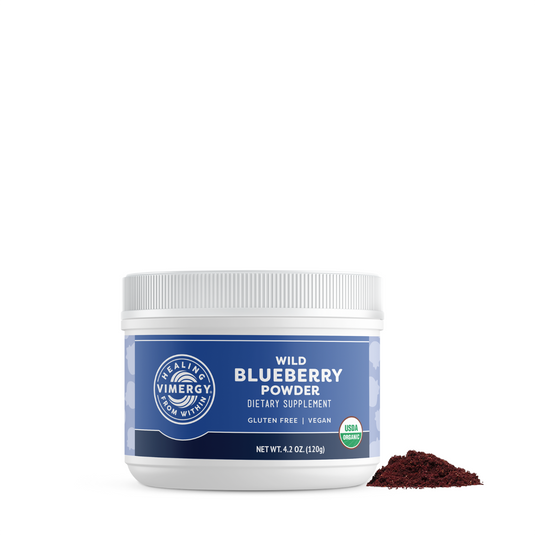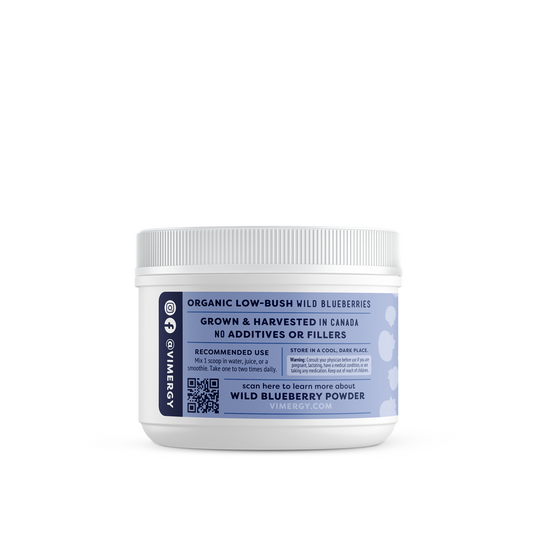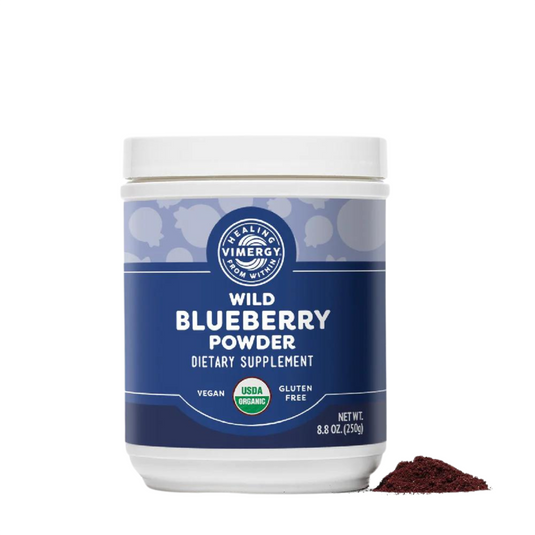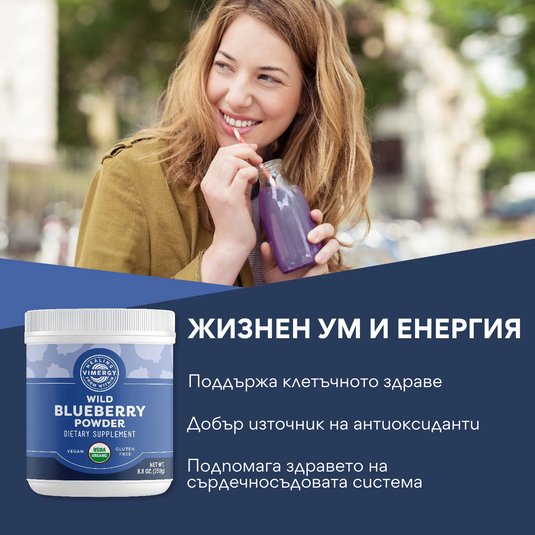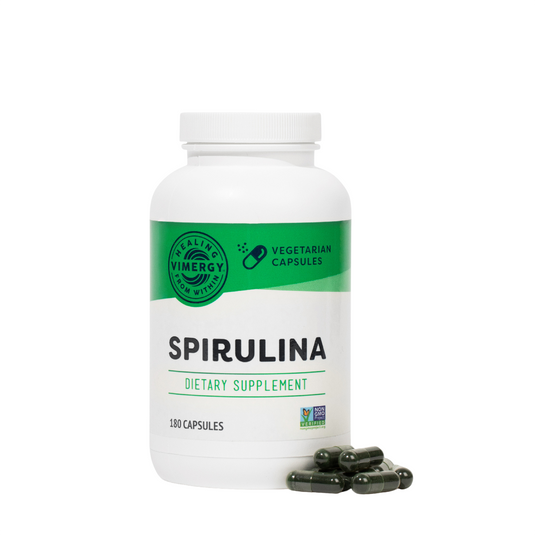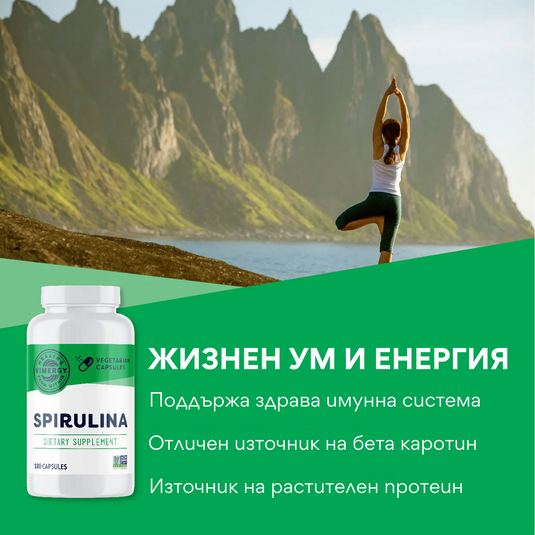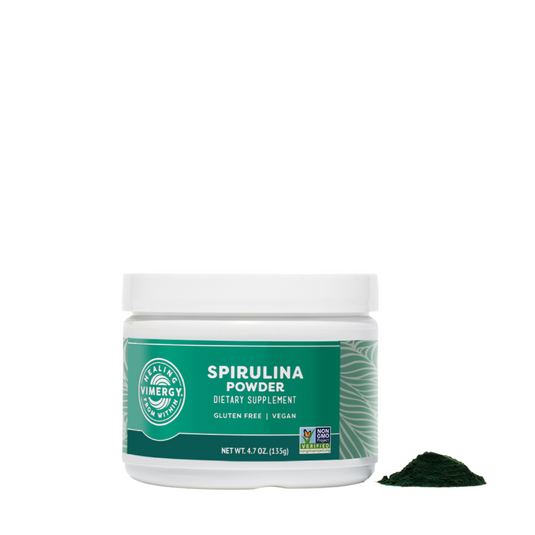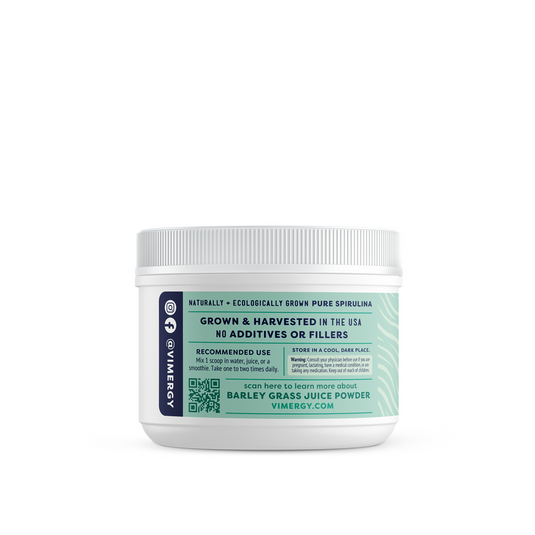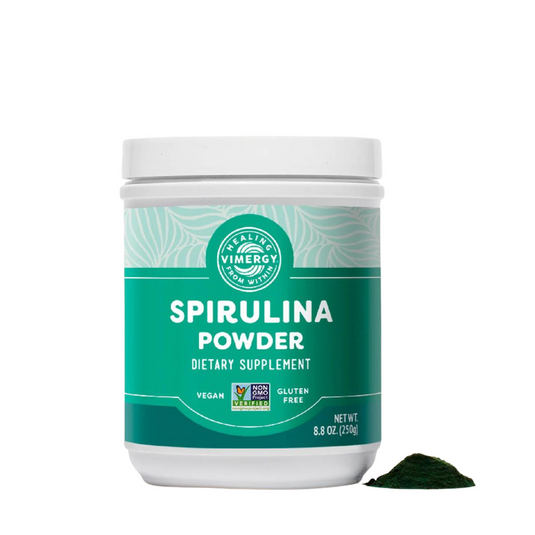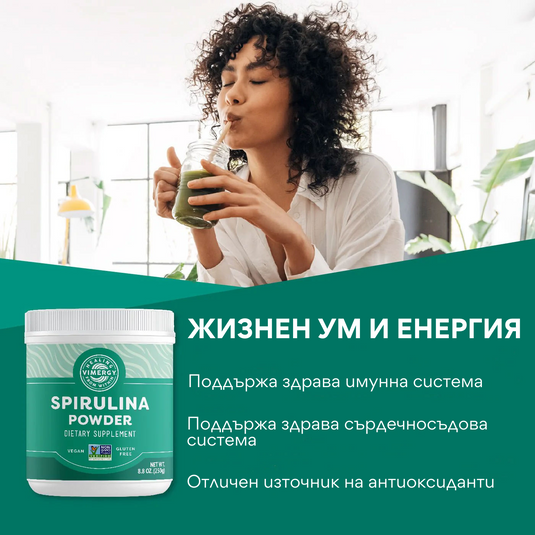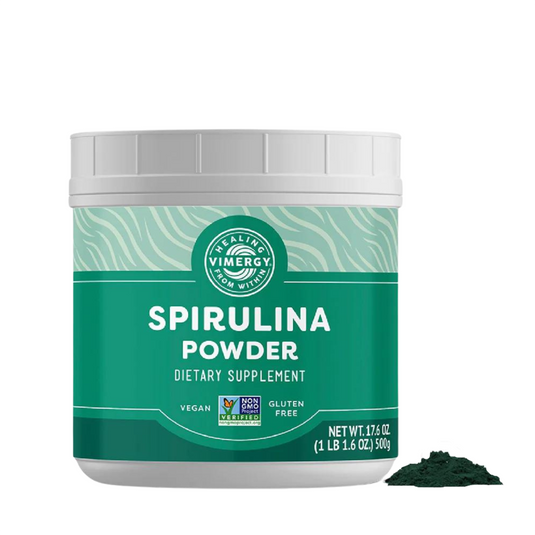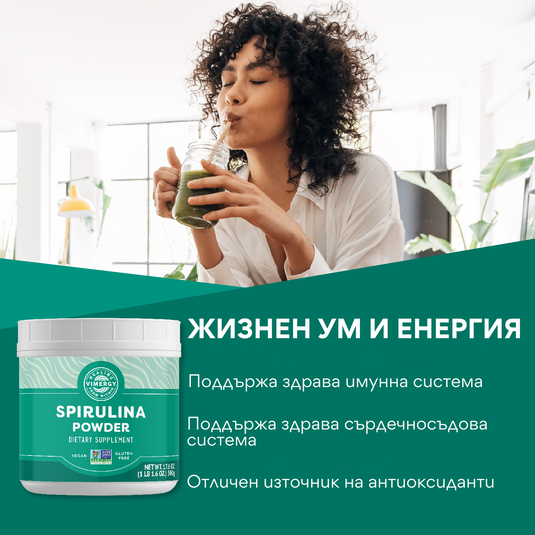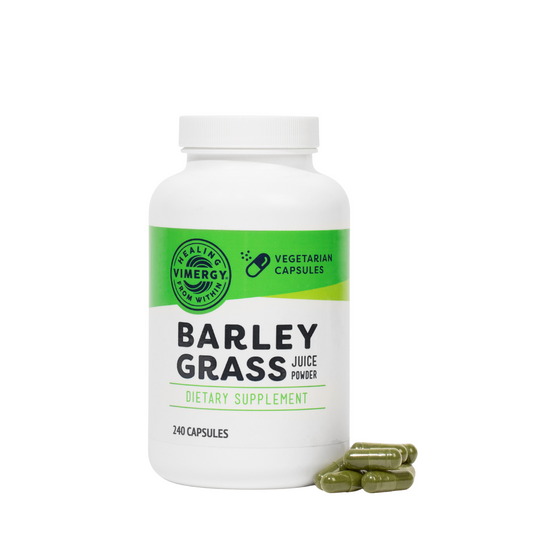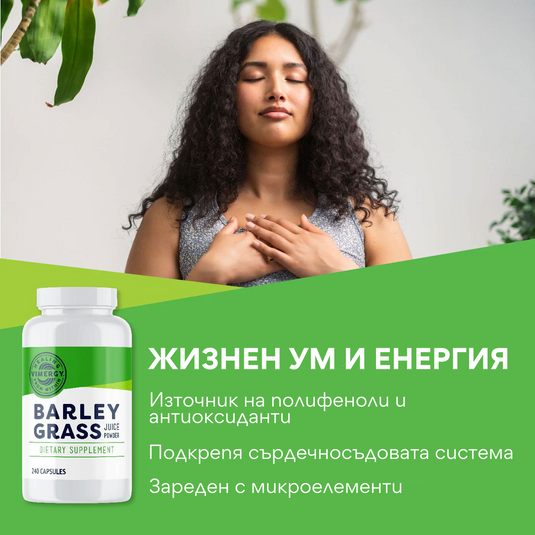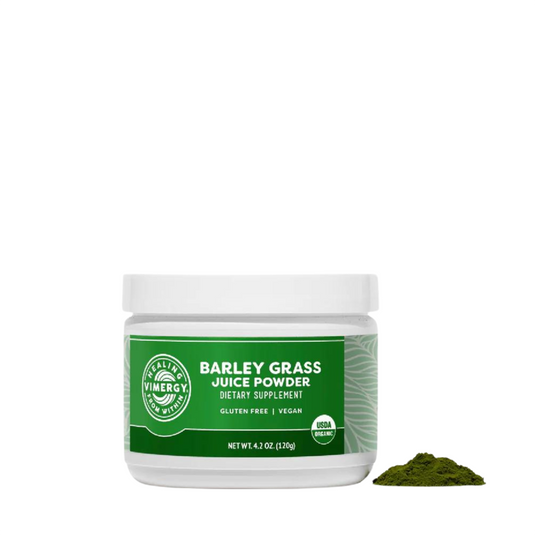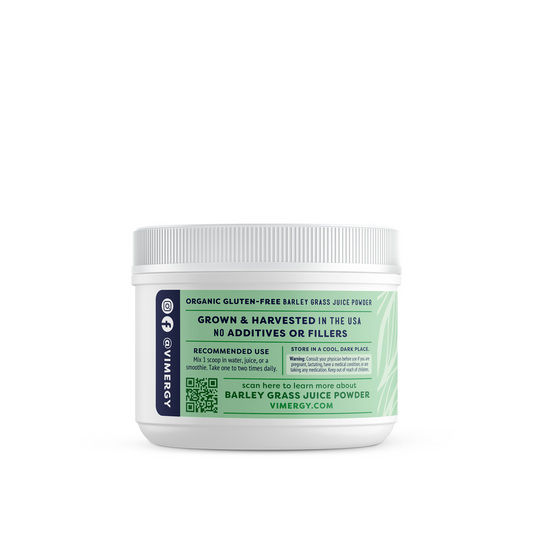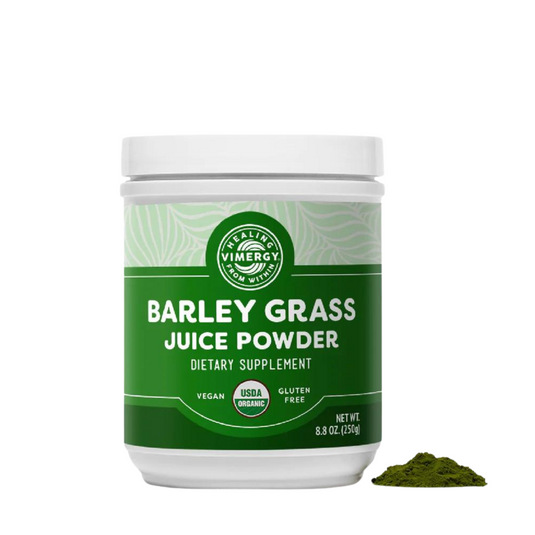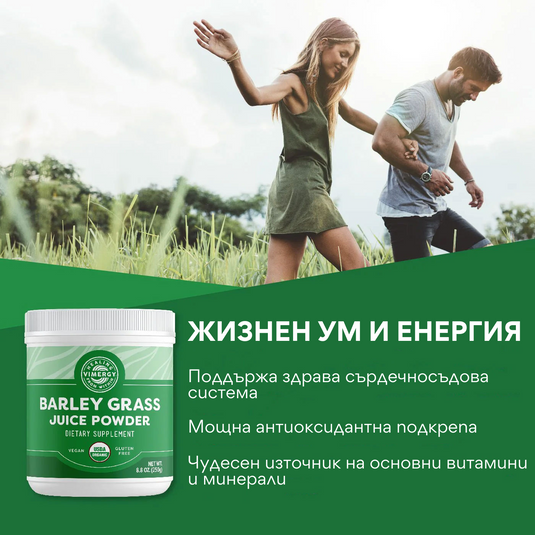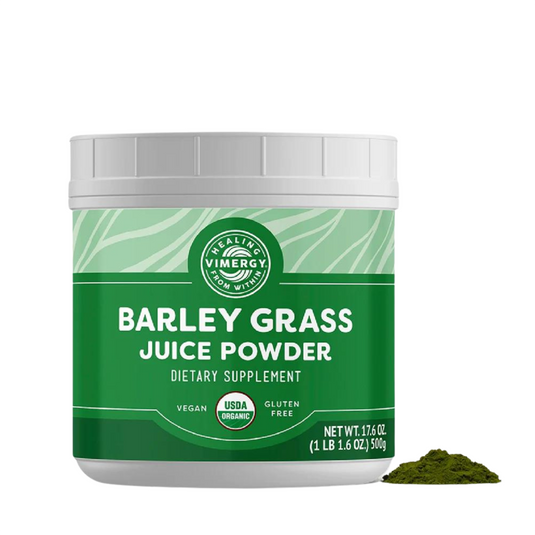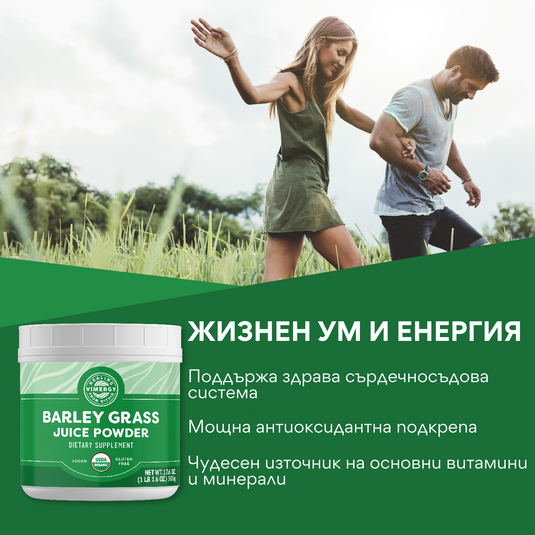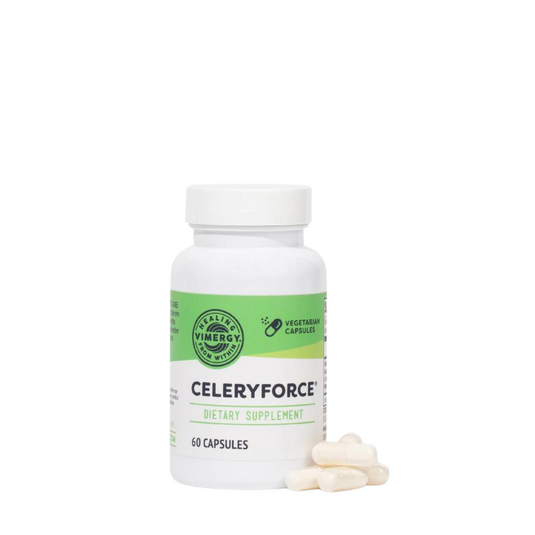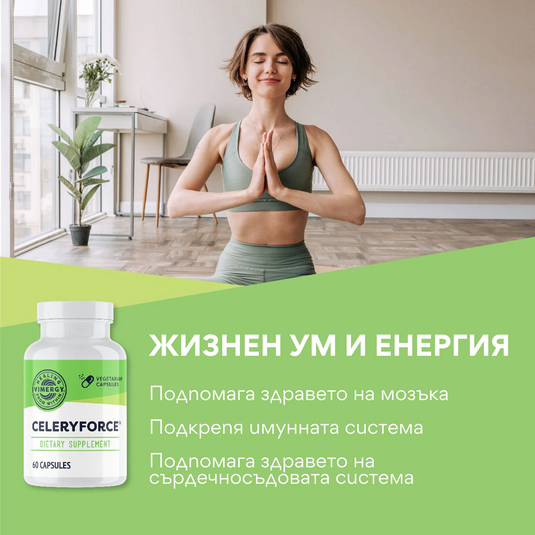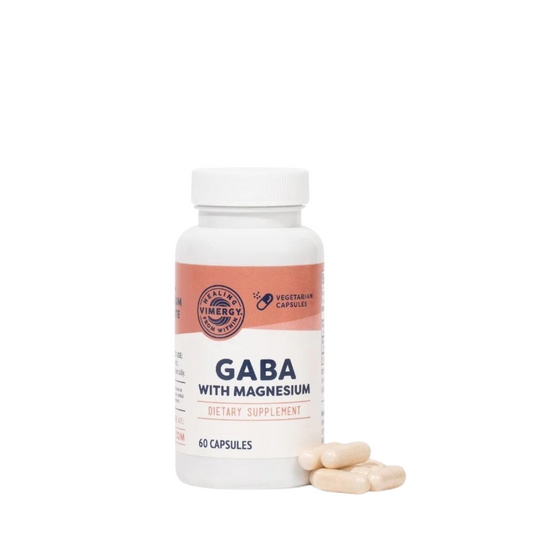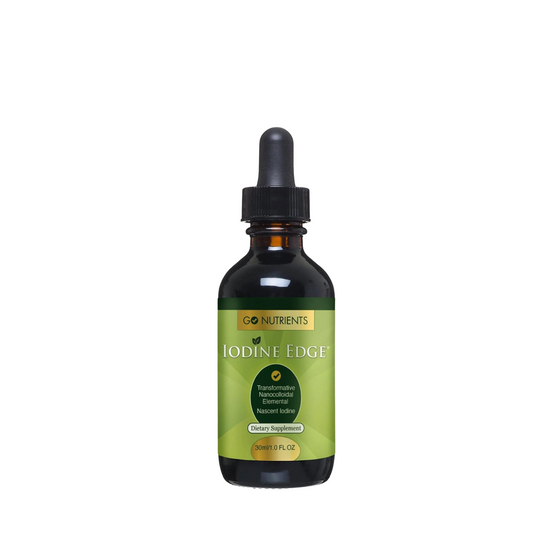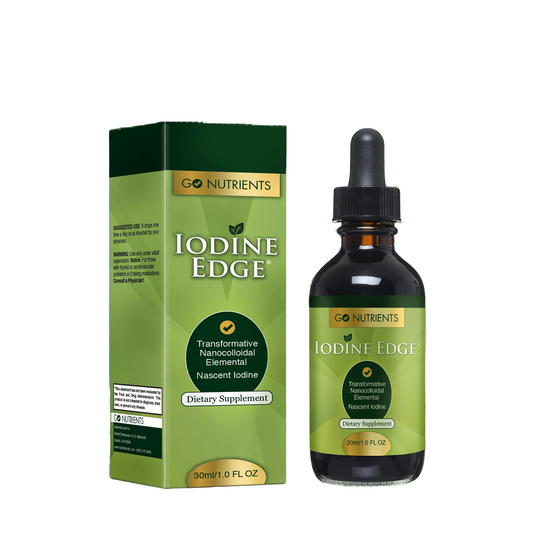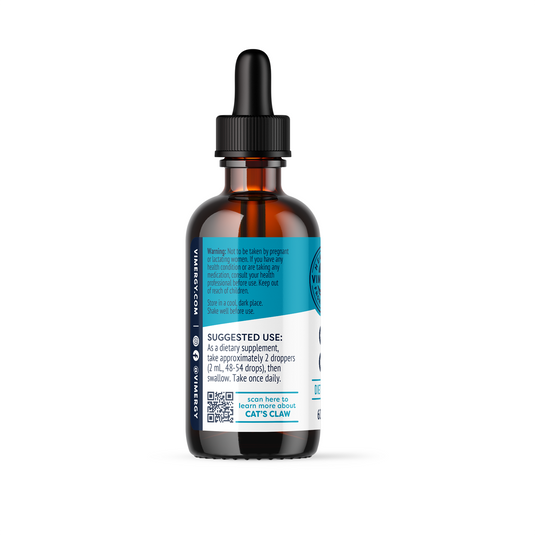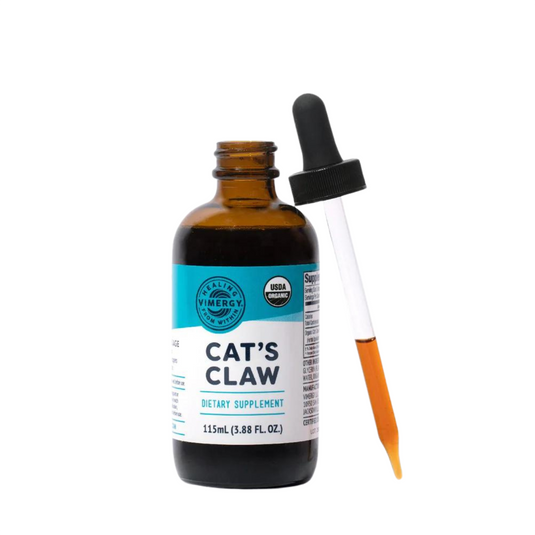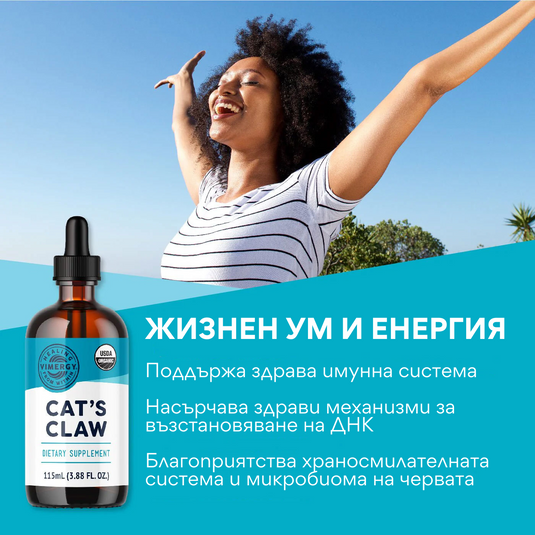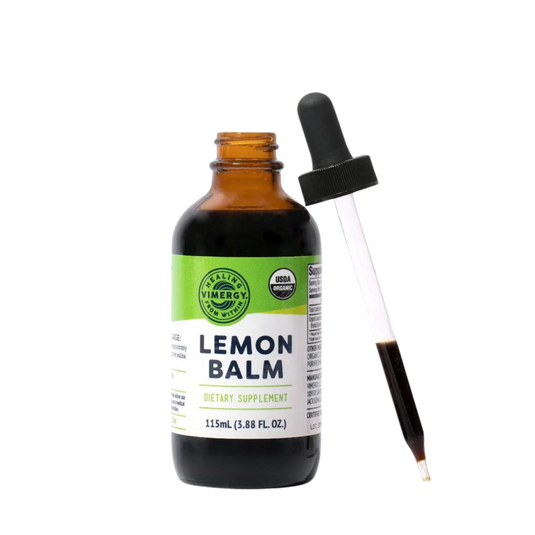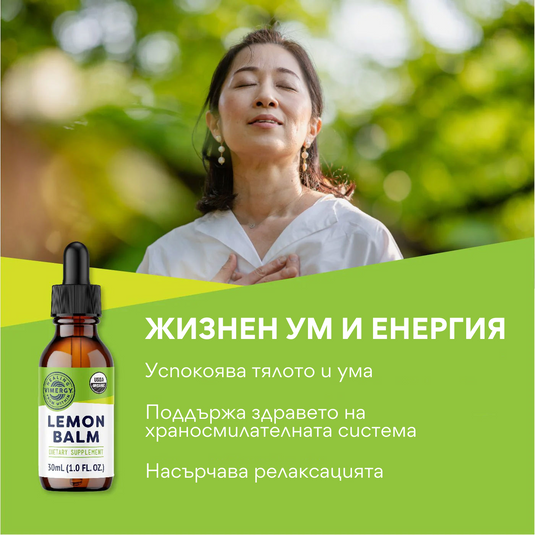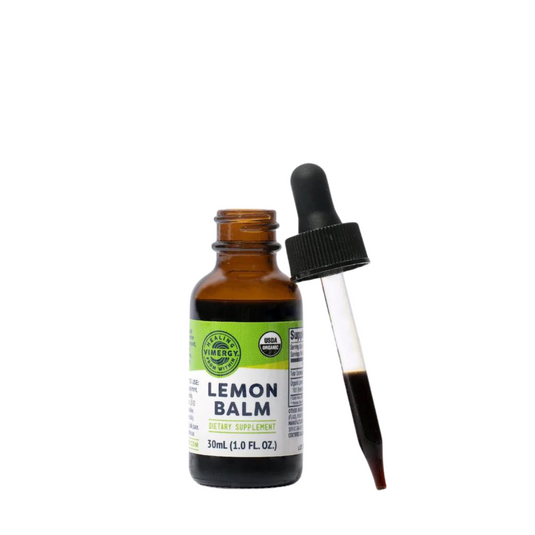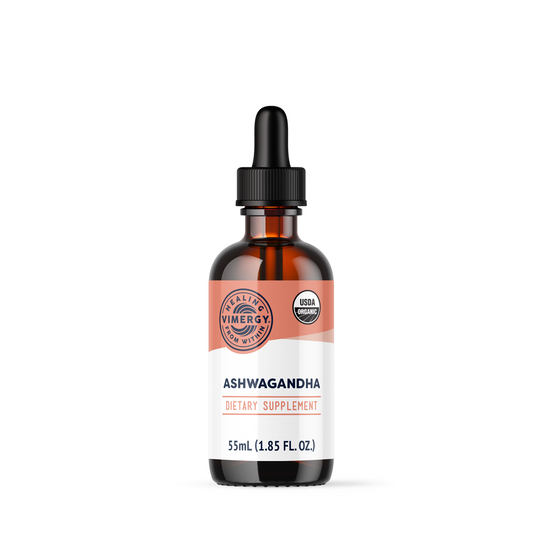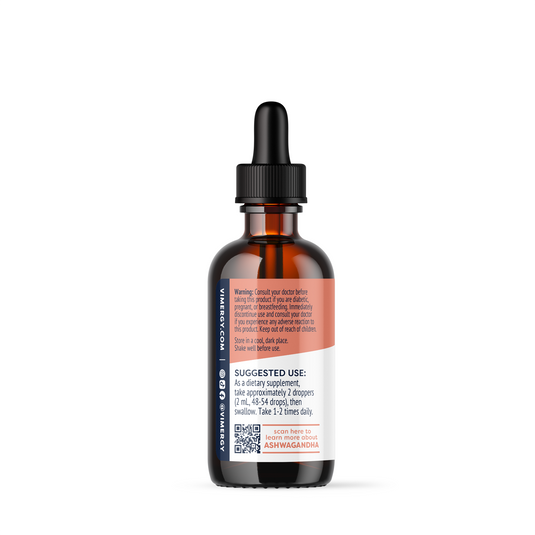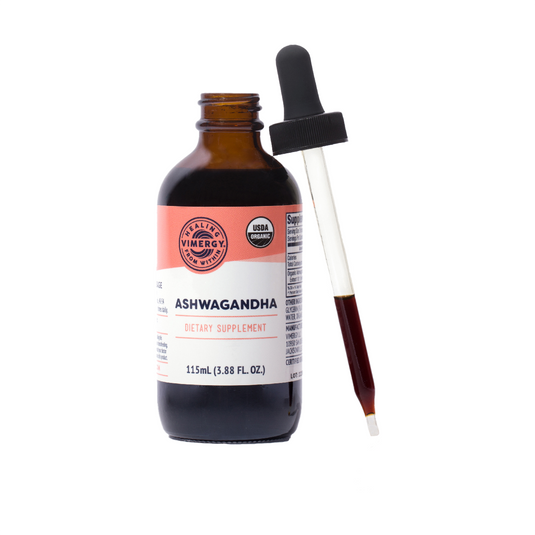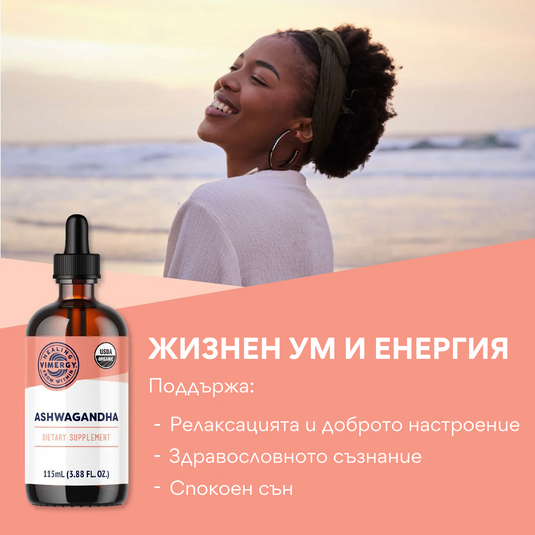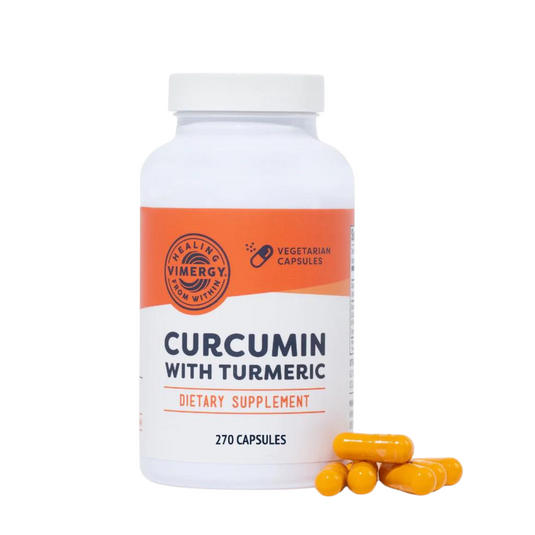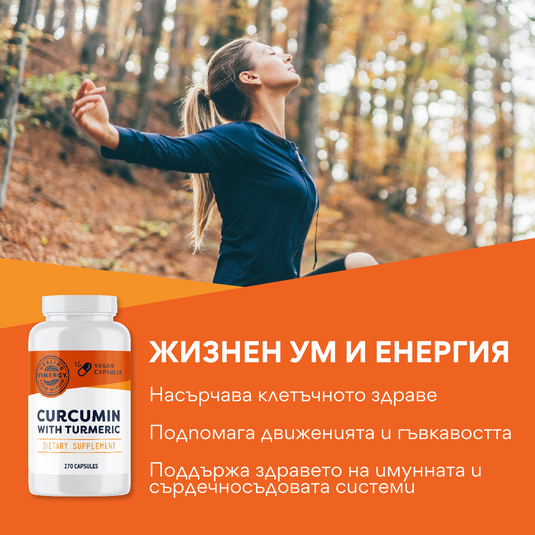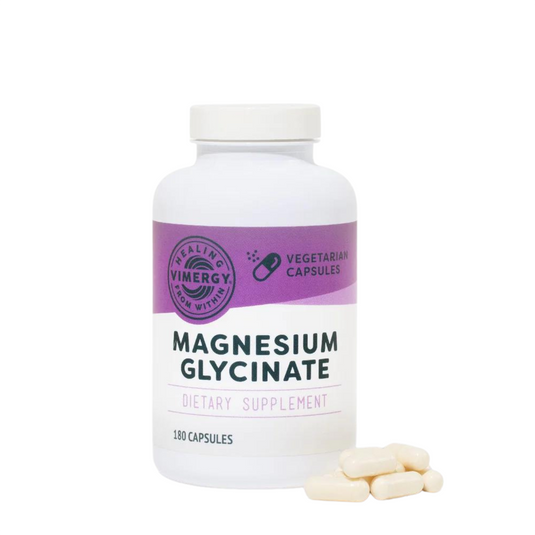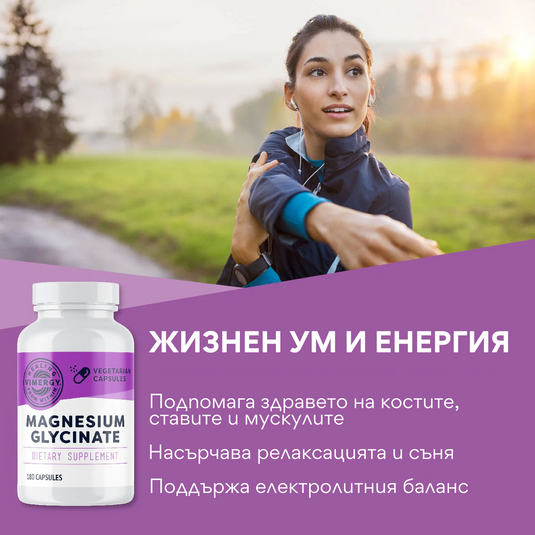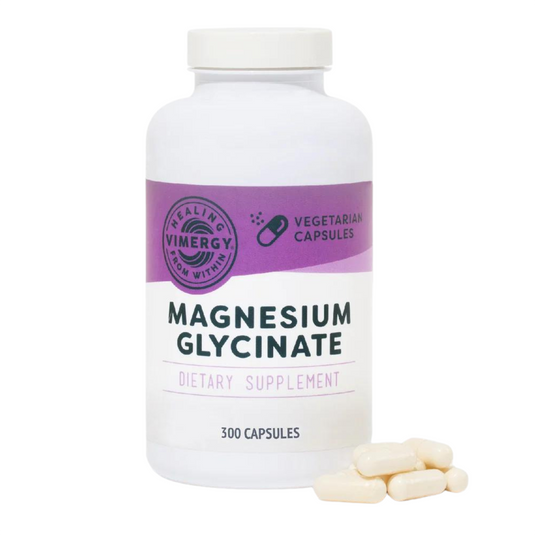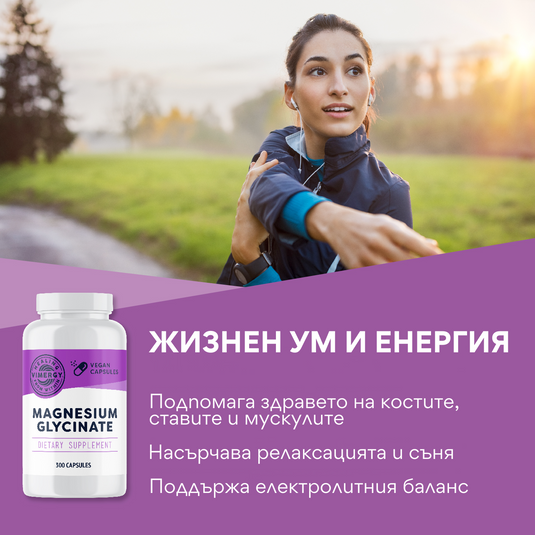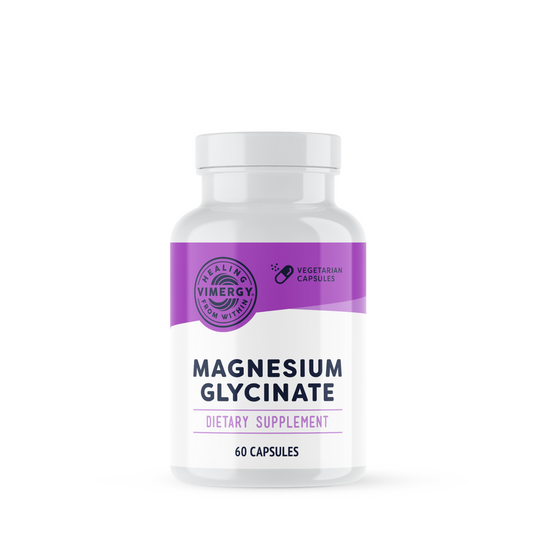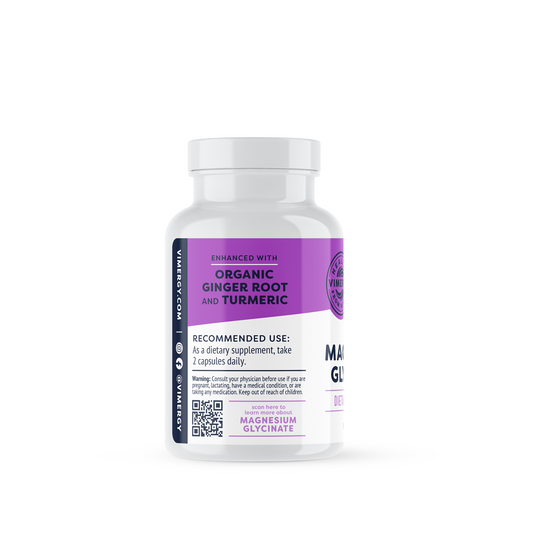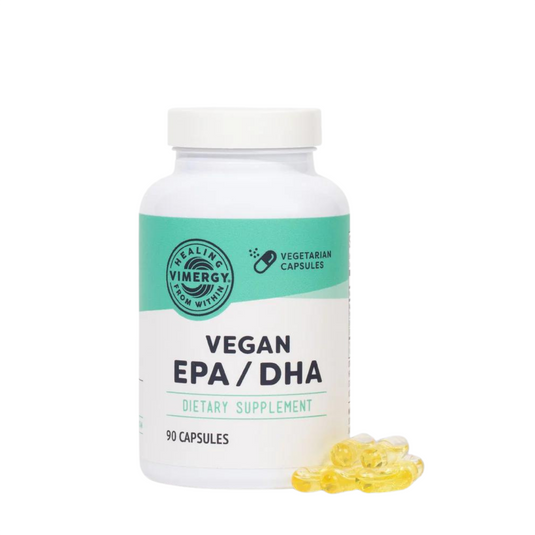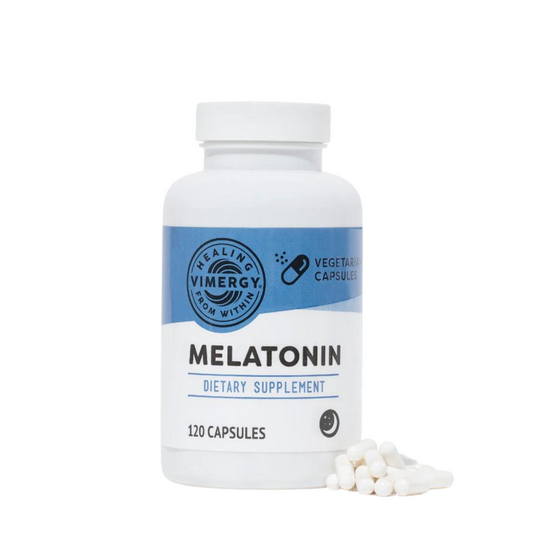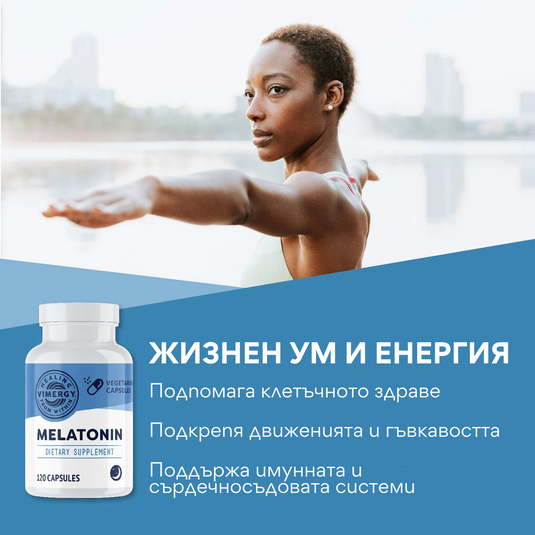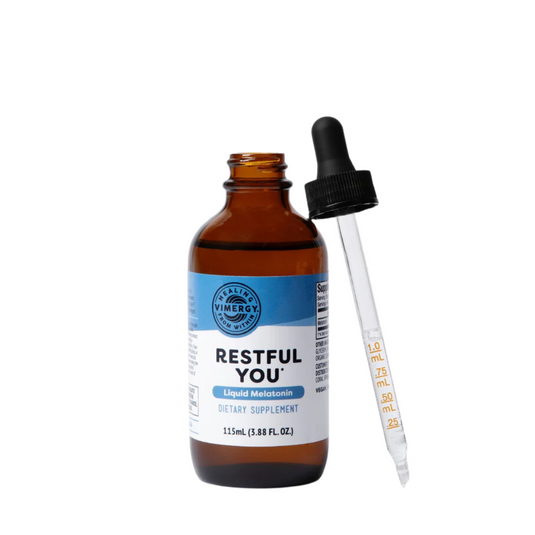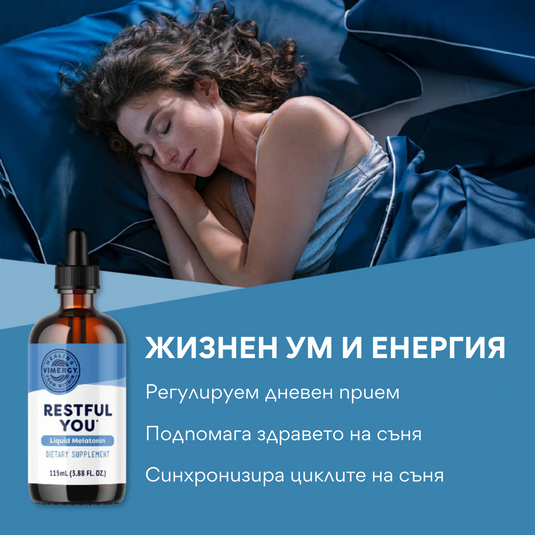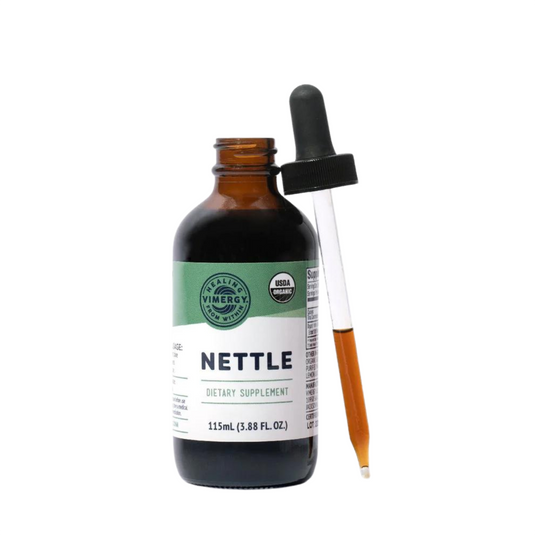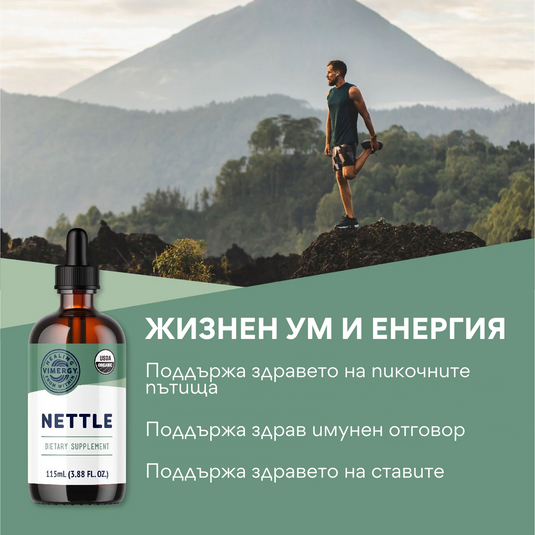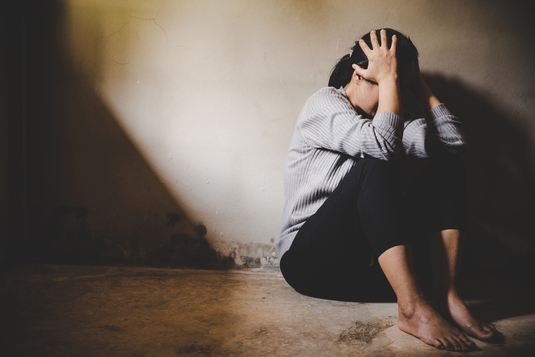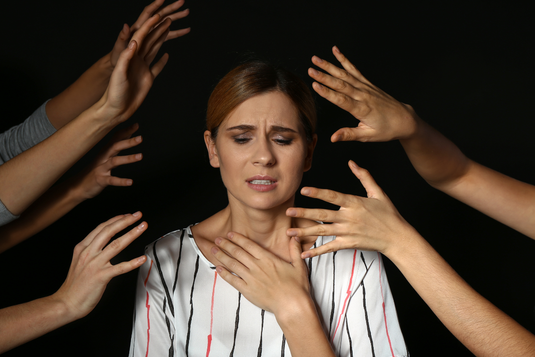Continuation of the article "Post-traumatic stress disorder (Part 1)" .
What is really happening
What happens on a physical and emotional level in our body to cause post-traumatic stress disorder (PTSD) to occur? Simply put, it's a lack of glucose in the brain that occurs when a person experiences trauma. When there is not enough glucose stored in the brain tissue to fuel the central nervous system, emotional disturbance can have lasting consequences. Contrary to popular scientific belief, although electrolytes play a critical role in brain health, PTSD does not occur due to electrolyte loss. Lack of glucose is the real cause.
Have you heard the expression "He's got a thick skin" to describe someone who has the serenity to be unaffected by the shocks and tribulations of life? The real reason for the temperament of these people is the abundant stores of glucose in the brain. As a result, they can endure a tremendous amount of emotional trauma without being affected.
Glucose is a protective biochemical that is critical to the brain because it places a protective veil over sensitive brain and nerve tissue. Medical research has not yet discovered how much glucose the brain requires to function in times of stress and how critical it is to have sufficient stores of glucose in the brain. If glucose were converted to money, then a significant traumatic event, such as an accident, would be equivalent to buying a new car. And long-term trauma, such as a disappointing relationship, would have the same impact on glucose stores as buying a new home would have on your savings.
The protective veil of glucose is necessary for three reasons. First, glucose is needed to prevent brain cells, brain tissue, and neurons from being saturated by the acidic and corrosive nature of adrenaline and cortisol released by anger, frustration, hopelessness, and fear. Second, glucose is there to stop the electrical storms in the brain that occur when trauma occurs, with electrical impulses being sent out at an alarming rate, affecting brain tissue, neurons and glial cells. Third, glucose prevents brain atrophy, which is extremely important because otherwise trauma can accelerate this process of brain shrinkage.
Think of the brain as a car engine. Sweet as sugar, antifreeze flows through the engine. Without this coolant, the engine can overheat and fail. Likewise, when the brain doesn't have the coolant it needs, glucose, then the electrical impulses that travel through the thousands of neurons in the brain can cause overheating and burnout.
Have you been told that eating sugar calms the hot pepper rush? The sugar acts as an antidote to the pepper's hot units, preventing burning of the gums, tongue and palate. Likewise, glucose (sugar) protects the brain. If someone's glucose stores are low, he or she can develop PTSD from even the most minor incident. On the other hand, someone with a high level of glucose stores can witness an armed robbery and tell the story to a friend over dinner the same day without being upset. Whether glucose stores are low or high depends in part on how much trauma a person has experienced in their life. Someone can come into this world with more glucose and be able to keep it because they haven't been through too much hardship so their reserves haven't been depleted.
Animals have an innate understanding of the importance of glucose. Here's something you won't find on the internet. When two squirrels are running down the road and a car runs over one of them, the surviving squirrel will run back onto the road and drink the other's blood for a quick glucose boost. This is an innate, natural response that the squirrel is born with to prevent brain damage from the adrenaline fight or flight response.
People also intuitively understand sugar as a sedative. That's why many people turn to high-sugar foods as their first choice when going through an emotional hardship, such as a breakup. Many people turn to sweet things to soothe their emotions. They may simply think they have an overeating problem and are especially vulnerable to the temptations of sweets, when in fact, they are subconsciously trying to cope with a physical deficiency.
And as another antidote to PTSD, people are starting to replace sugar with adrenaline. There are more and more adrenaline junkies who skydive, engage in extreme sports, zip line or bungee jump, or cliff dive as a way to deal with suffering they may not even realize exists. Then there are the replacement relationships—the new boyfriend or fling that someone might turn to for an adrenaline rush after a bad breakup. All these examples show how adrenaline is used as a quick drug to replace glucose.
The problem with these approaches is that everything has its effects. High sugar from packaged foods (even vegan) will cause a crash later. And adrenaline highs lead to adrenaline lows. Although the adrenaline rush may feel like healing for a moment, the rush won't last forever. You may end up with a bout of depression as a result of the adrenaline leaving your brain, cells and tissues. These are not the real solutions to our emotional wounds.
We don't have to take risks to heal from PTSD. We shouldn't turn it into a gamble.
Treating PTSD
Post-traumatic stress disorder, in its true definition, is the experience of long-lasting unpleasant feelings (from mild to extreme) that arise from any adverse event and limit the person in some way. These feelings include fear, doubt, uncertainty, worry, anxiety, panic, avoidance, anger, hostility, hypervigilance, irritability, distraction, self-loathing, abandonment, defensiveness, agitation, sadness, frustration, dissatisfaction, cynicism, shame, voicelessness, powerlessness, vulnerability, loss of confidence, lack of self-esteem and mistrust.
One of the most powerful ways to heal PTSD across the spectrum is to create new experiences to serve as positive landmarks in your life. The more you create, the better your chances of overcoming PTSD.
These experiences don't have to be big. They should not be dangerous or risky. And they should not seem significant to others. Just going for a walk in a peaceful setting or trying soul healing meditation can help you reset your brain.
It's all a matter of how you perceive each new experience, no matter how peaceful it may be. Keep a list of each new experience and keep a journal of each, noting how you felt. For example, when you were walking, did you see any birds? what was the weather like Was there a certain angle to the light? What effect did all this have on your state of mind? Everything matters. It's all part of living in the moment.
Or try putting together a puzzle. As you turn a pile of random pieces into a whole, you'll learn that order can emerge from chaos. Also try painting, sketching or drawing. These are powerful exercises that help us navigate the present moment and pay attention to the beautiful details in the world around us that would otherwise go unnoticed. The calming effects of art are very strong.
You might seek out a dear friend you haven't seen in years and invite him to lunch. This will help you reconnect with core parts of yourself. Or adopt a pet - every day will be new and filled with love. You may also find a new hobby. Surprise yourself. Pick a skill you never thought you'd pick up or one you've always wanted to explore. Learn a new language. Go on vacation. One of the best things you can do is start your own garden.
No matter what you choose, keep a journal of everything. Keep adding to your list of favorable experiences. This will help you become aware of the good that life brings you when you are not even looking for it and help clear painful and harmful experiences from your mind. This is an exercise that will pull out one more unwanted weed to free up space in the garden of your mind. This is not celebratory advice. When you've experienced an emotional upheaval at one time or another, whether ongoing in the present or in the past, it probably shook you and changed your perception of the world. You may find yourself reliving these old memories as if they are happening again or reliving the emotions they triggered without knowing why.
When you create new, constructive contact points for yourself and pay attention to their positive effects on your state of mind, you are training your brain, as if it were a radio, to access a healing frequency that is always available to you. And then, when life becomes overwhelming, you can turn your inner dial to the recovery station to activate the impressions these positive experiences left on you as if they were recordings of the original broadcasts.
When you are being treated for PTSD, imagine that you are a tree that has been transplanted. Digging up the tree puts it in shock—just as the stresses you've experienced may have left you feeling rootless. When you transplant the tree into fresh, new soil, it is still traumatized, affected on all levels by the loss of its support. It will take months for the tree to recover from the change and become established again.
Likewise, it may take three to four months of the Healing Medium's healing protocol to feel like yourself again. And just as nurseries offer nutrient-enriched soil to nurture that tree in its new place in the ground, so you can nourish your central nervous system and cognitive function, and restore your heart and soul with the nutritional supplements on this list. which you will read a little below.
Treatment for PTSD requires support from loved ones, time, patience and key nutrients.
Prayer, in whatever form it brings you comfort, is another healing tool. You can also pray to specific angels by name to help you. The angel who best understands how the spirit and soul can be hurt and how they can be restored is the Angel of Restoration, and that's who you should turn to for help with PTSD. ( See the article “The Truth About Angels” on our blog. )
And to help heal the soul fractures that trauma can create, try the meditations and soul healing techniques in Chapter 24 of The Healing Medium - Revised and Expanded Edition . They can have a remarkable effect on the psyche, reconnecting you with yourself and restoring faith and trust.
You don't have to live with a tortured mind anymore. There is a path to healing.
Medicinal foods
To restore glucose in the brain and build glucose stores to prevent life's difficulties from turning into PTSD, focus on including the following foods in your diet: wild blueberries , melons and watermelons , beets, bananas , persimmons, papayas, potatoes , tomatoes, sweet potatoes, figs, oranges, mangoes, tangerines, apples, raw honey and dates. Including green leafy vegetables would also be helpful - spinach, cilantro, parsley and lettuce are all very helpful. Include as many of these foods as possible in your diet.
Keep in mind that the natural sugars in fruit, raw honey, pumpkins, potatoes, and sweet potatoes are among the few sugars the body takes in for glucose storage in the brain.
Try to avoid eggs, milk, cheese, butter, and other dairy products while seeking PTSD relief. Also consider cutting back on radical fats (such as nut oils, seeds, avocados, coconut oil, other oils, meat, chicken, and fish)—try this periodically if you can while recovering from PTSD.
Medicinal herbs and nutritional supplements
The Healing Medium Supplement Protocol for Post Traumatic Stress Disorder (PTSD)
Freshly squeezed celery stem juice : gradually increase to half a liter daily;Celeryforce : 3 capsules three times a day;
5-MTHF : 1 capsule daily;
Aloe Vera: 5 or more cm of fresh gel (without peel) daily;
Ashwagandha : 2 droppers twice daily;
Powdered barley grass juice : 1 tbsp. or 9 capsules daily;
B-complex : 1 capsule daily;
California poppy: 3 capsules or 3 droppers daily, before going to bed;
Cat's claw : 1 dropper daily;
Coenzyme Q10: 1 capsule daily;
Curcumin : 2 capsules twice a day;
D-mannose: 1 tbsp. daily in a glass of water;
Elderflower: 1 cup of tea daily;
Vegan Omega 3 (EPA and DHA) : 1 capsule daily (taken with dinner);
GABA : 1 capsule of 250 milligrams daily;
Lemon balm : 5 droppers three times a day;
Licorice root : 1 dropper daily (take for two weeks, with two weeks off);
Magnesium glycinate : 2 capsules twice a day;
Melatonin : 5 milligrams at bedtime each day;
NAC (N-acetylcysteine): 1 capsule daily;
Atomic iodine in nascent form : 4 small drops (not droppers) daily;
Nettle : 3 droppers twice a day;
Peppermint: 1 cup of tea twice a day;
Spirulina : 1 tbsp. or 9 capsules daily;
Vitamin B12 (as adenosylcobalamin with methylcobalamin) : 3 droppers twice daily;
Vitamin C (as Micro-C) : 2 capsules twice a day;
Wild blueberries powder : 1 tbsp. daily.
